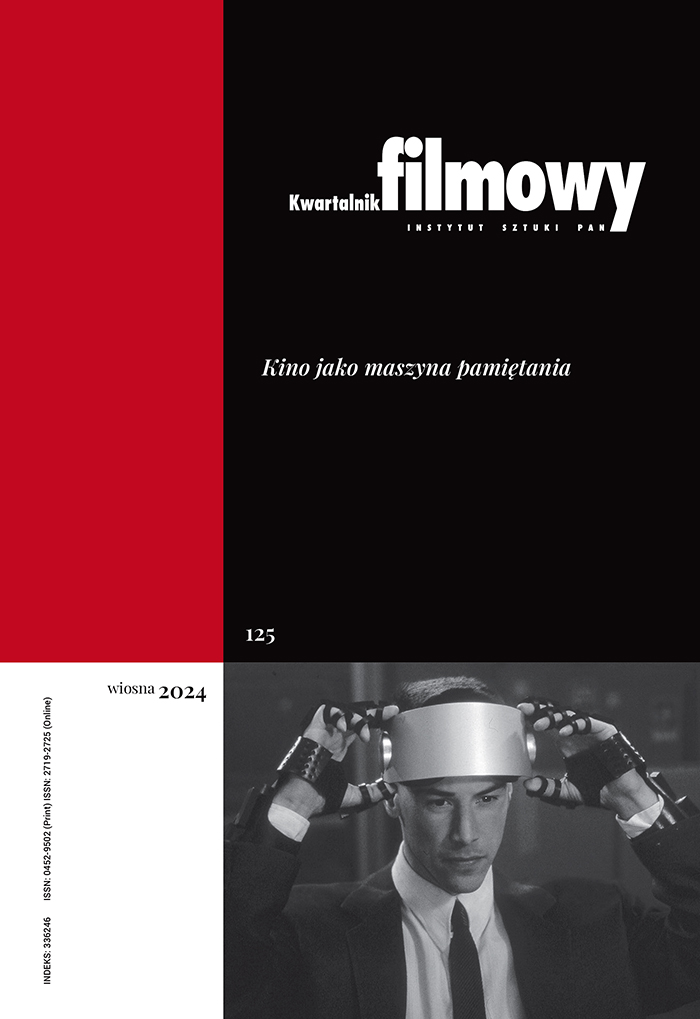Historical and Theoretical Issues in the Coming of Recorded Sound to the Cinema
Abstract
The author polemicizes with the widely-accepted thesis that the transition to sound cinema was supposedly related to a natural development of the medium toward more convincing realism the viewers were to crave for. Williams refers to the history of the development of sound technology in the cinema, and argues that the driving force of the process were advancements in the mechanization of a film spectacle, which helped cut production costs and standardize the form of the spectacle lest it should not hinge on the proficiency or imagination of a cameraman. The first important sound film was The Jazz Singer. Williams analyses the reasons of the popularity of this film, and points out that the very introduction of sound was not of key importance, what mattered most was a related shift in a style of acting and plot expansion.
- The text is a translation of the chapter Historical and Theoretical Issues in the Coming of Recorded Sound to the Cinema from the volume Sound Theory, Sound Practice, ed. Rick Altman, Routledge, New York – London 1992. © 1992 by Routledge and American Film Institute.
Due to copyright restrictions the article is available in the print version only.
Keywords:
sound cinema, sound technology, realismReferences
Nie dotyczy / Not applicable
Google Scholar
Authors
Alan Williamskwartalnik.filmowy@ispan.pl
Rutgers University United States
Wykłada na Rutgers University (USA). Interesuje się kinem francuskim i amerykańskim, a zwłaszcza zagadnieniami takimi jak teorie odbioru, historia ekonomiczna kina, kino gatunku, wpływ zdarzeń społecznych na strategie twórcze czy kategoria „momentów kluczowych” w historii kina. Opublikował m.in.: Max Ophüls and the Cinema of Desire (1980) i Republic of Images: A History of French Filmmaking (1992).
Statistics
Abstract views: 219License
Copyright (c) 2003 Alan WilliamsThe author grants the publisher a royalty-free non-exclusive licence (CC BY 4.0) to use the article in Kwartalnik Filmowy, retains full copyright, and agrees to identify the work as first having been published in Kwartalnik Filmowy should it be published or used again (download licence agreement). The journal is published under the CC BY 4.0 licence. By submitting an article, the author agrees to make it available under this licence.
In issues from 105-106 (2019) to 119 (2022) all articles were published under the CC BY-NC-ND 4.0 licence. During this period the authors granted a royalty-free non-exclusive licence (CC BY-ND 4.0) to use their article in „Kwartalnik Filmowy”, retained full copyright, and agreed to identify the work as first having been published in our journal should it be published or used again.
Similar Articles
- Miłosz Stelmach, The Second Coming of Sound? Nagra Tape Recorder and the Evolution of Sound in Postclassical Cinema , Kwartalnik Filmowy: No. 113 (2021): Film and Technology
You may also start an advanced similarity search for this article.











